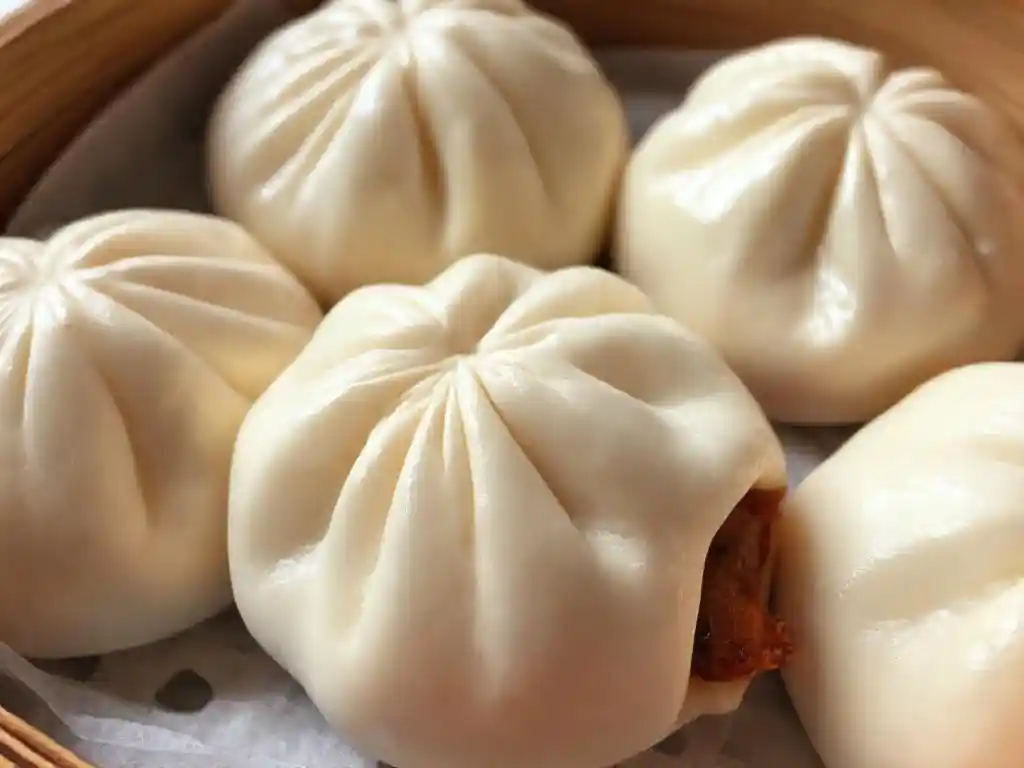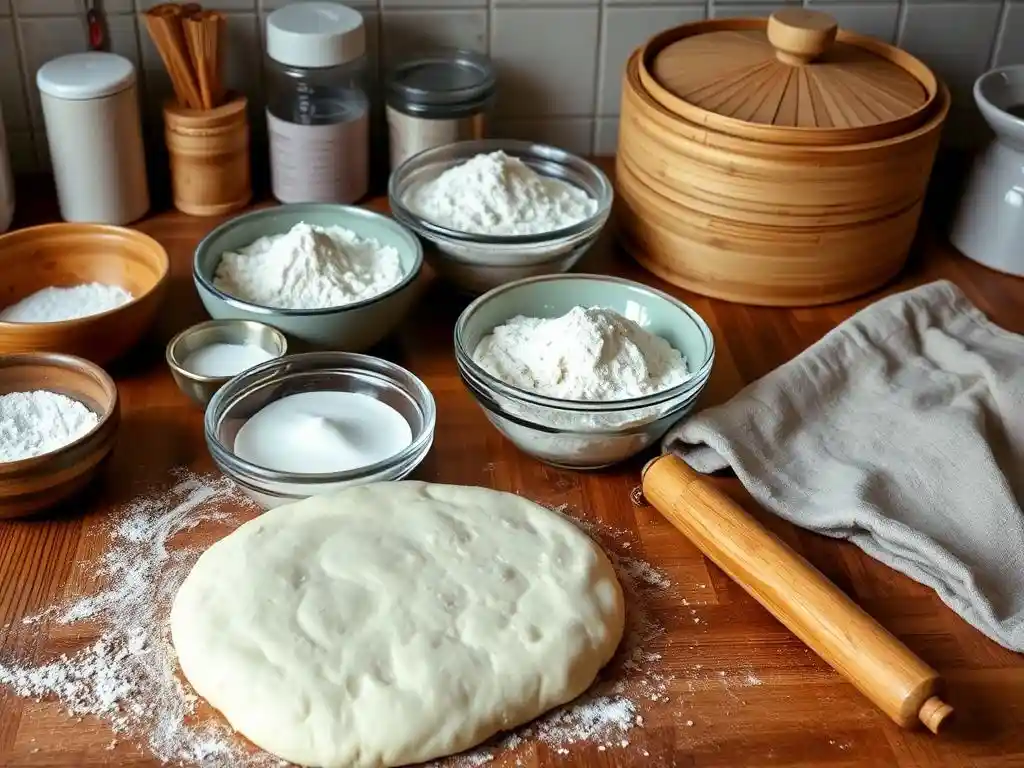Table of Contents
- Introduction: The Allure of Asian Buns
- Types of Asian Buns
- Popular Bun Varieties by Region
- Tips for Perfecting Asian Buns
- Health Benefits and Nutritional Value
- Conclusion
Introduction: The Allure of Asian Buns
Asian buns are beloved staples across many cultures, offering a unique combination of flavor and texture. In this Asian Buns Guide, we’ll explore the art of crafting these fluffy, sometimes crispy, always delicious buns and offer insights into the traditional techniques, popular varieties, and best practices for enjoying or making them at home. This guide celebrates everything from the satisfying simplicity of mantou to the decadent richness of BBQ pork bao.
Types of Asian Buns
In Asian cuisine, buns come in many forms—steamed, baked, and fried. Here’s a closer look at the main types:
Steamed Buns
Steamed buns, or bao, are prized for their light, fluffy texture, achieved through steam cooking. This category includes classic varieties like mantou (plain buns) and char siu bao (BBQ pork buns). The steaming process gives them their pillowy softness, a perfect vessel for savory or sweet fillings. For a delicious twist on the traditional recipe, check out this gluten-free char siu bao recipe.

Baked Buns
Baked buns are golden-brown and slightly crusty on the outside, with a soft, often sweet interior. Japan’s melon pan and anpan are examples, typically featuring fillings like sweet bean paste or custard. Baking these buns involves a precise kneading and resting process that creates a tender, cloud-like crumb structure. Try out the pillowy Japanese-style buns in this milk bread recipe.
Fried Buns
Fried buns, while less common, offer a satisfying crunch along with a soft interior. They are popular as street food or appetizers and are commonly enjoyed with sauces or filled with savory ingredients. Fried buns like jian bao in China and kurokage pan in Japan offer a unique experience for bun lovers.
Explore the scientific breakdown of gluten’s role in creating airy, chewy bread doughs with research found on National Library of Medicine.
Popular Bun Varieties by Region
China
China offers perhaps the widest variety of buns, from simple mantou to flavorful baozi. Char siu bao is one of the most popular varieties, filled with tender, sweet BBQ pork. The Chinese also have shengjian bao, a pan-fried bun that achieves a crispy base and tender top.
Japan
In Japan, nikuman (steamed pork buns) and anpan (red bean buns) are two favorites. These buns have been adapted with Japanese techniques, resulting in a lighter crumb structure and unique flavor profiles. Japanese milk bread, or shokupan, offers a delicate, airy crumb ideal for filled buns.
Korea
Korea’s hobbang is a popular winter treat filled with sweet red bean paste. Another variety, mandu-bbang, features minced meat and kimchi for a spicy twist. Korean buns typically balance sweetness with umami flavors, a distinct characteristic in their cuisine.
Vietnam
Banh bao, the Vietnamese take on steamed buns, features pork, quail egg, and mushrooms. The filling’s complexity gives a savory contrast to the mildly sweet bun dough, resulting in a multi-layered taste experience.
For a full recipe guide, see our gluten-free char siu bao recipe.
Tips for Perfecting Asian Buns
- Temperature Control: Yeast is sensitive to temperature. Keep water lukewarm and let the dough rise in a warm, draft-free area for optimal texture.
- Avoid Over-Kneading: Overworking the dough can cause the gluten structure to weaken, leading to tougher buns.
- Try a Sponge Method: Enhance flavor and texture by using a sponge or pre-ferment. Prepare part of the flour and yeast mixture, let it rest, then incorporate it into the dough to develop complex flavors.

These tips align with techniques used in traditional Jewish challah bread, providing a helpful framework for developing robust flavors.
Health Benefits and Nutritional Value
Many Asian buns are rich in proteins and healthy fats, especially when filled with nutrient-dense ingredients like vegetables and lean meats. By using whole-grain flours or reducing sugar and salt, Asian buns can be tailored for more health-conscious diets. For a deeper look into bread nutrition, visit this article from the National Center for Biotechnology Information.
Conclusion
Whether you’re enjoying a steamed char siu bao or a savory anpan, Asian buns offer a world of flavor and texture. This Asian Buns Guide brings together regional specialties, essential techniques, and tips to enhance your baking journey. Embrace the simplicity of mantou or the complexity of fried bao, and enjoy the diverse offerings of Asian cuisine from your own kitchen!

